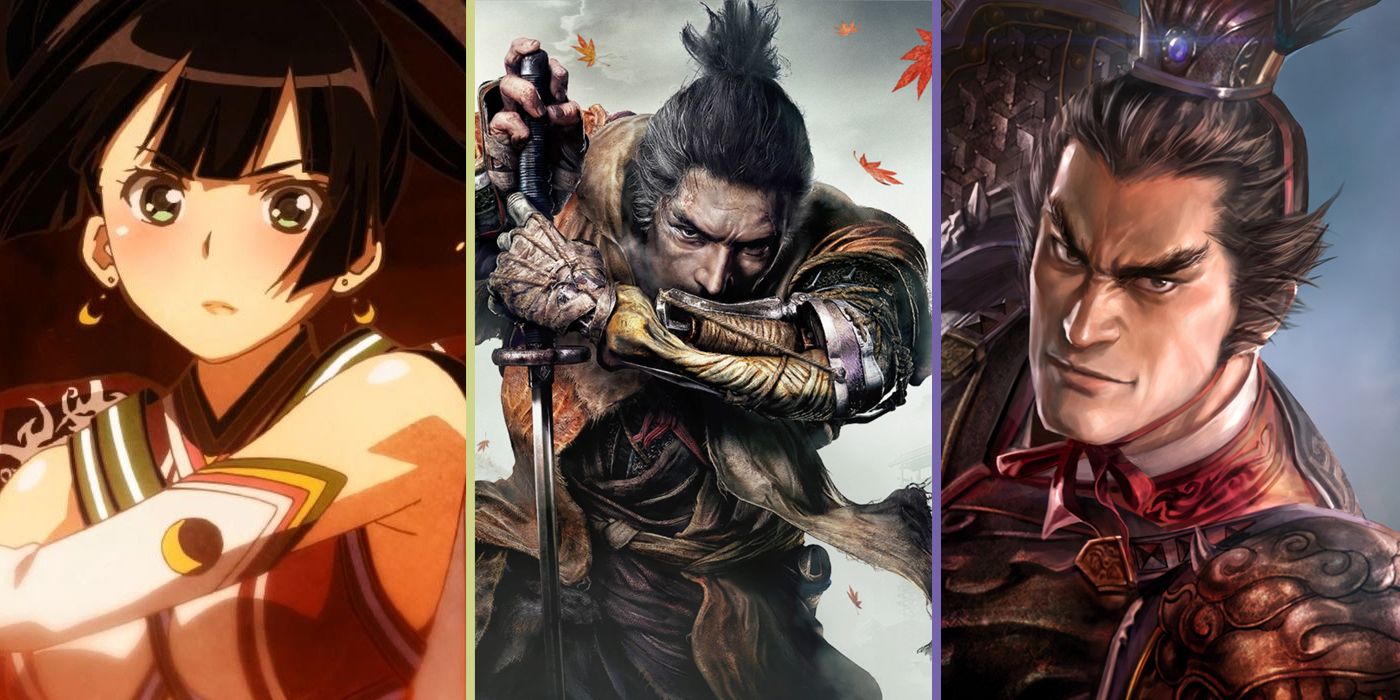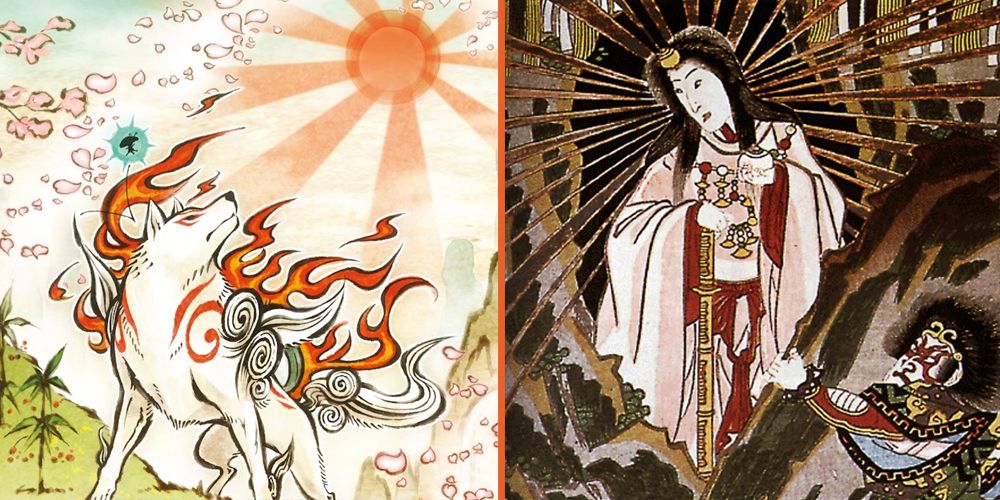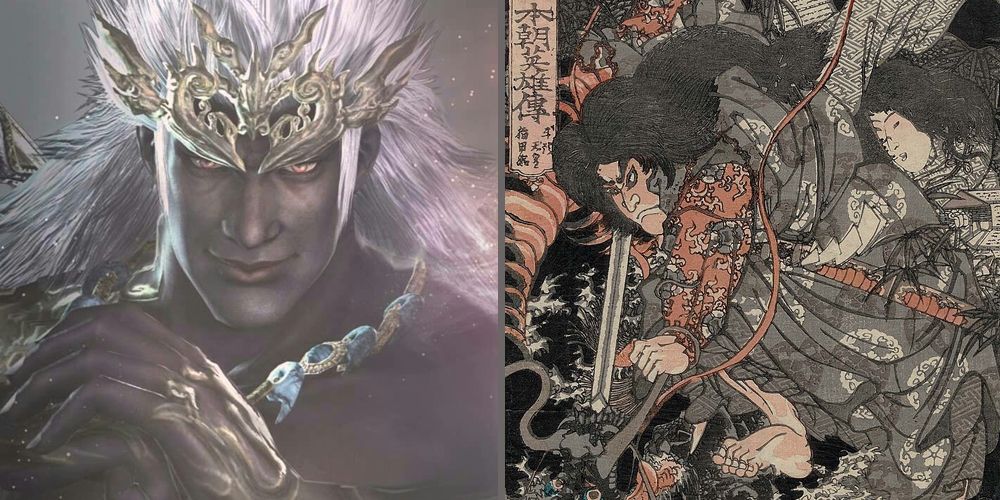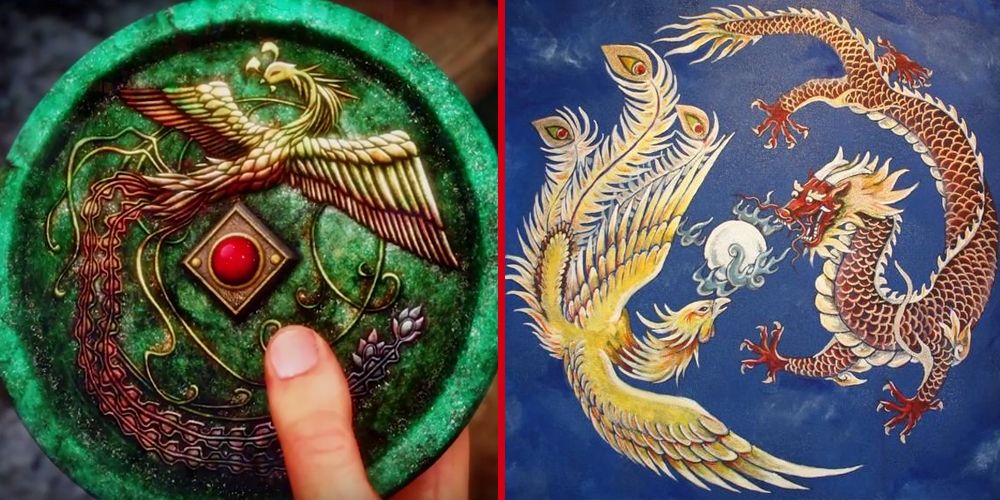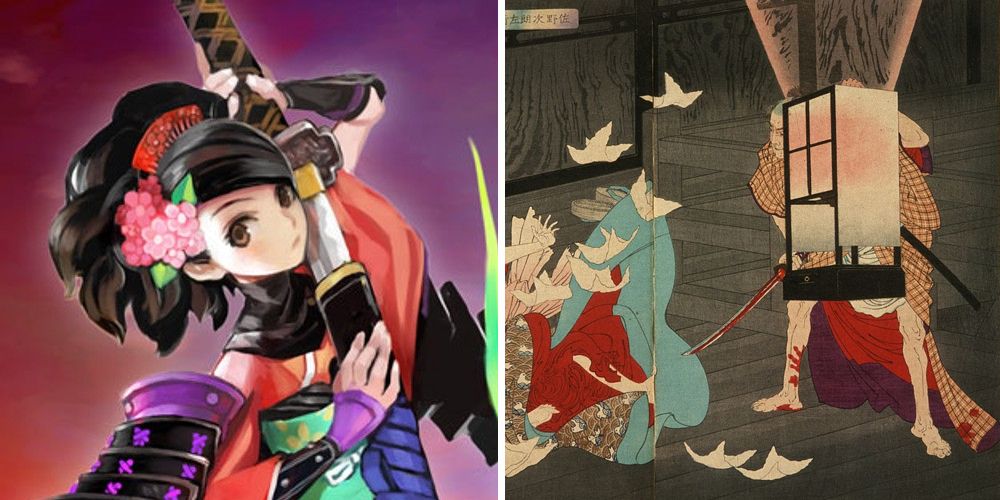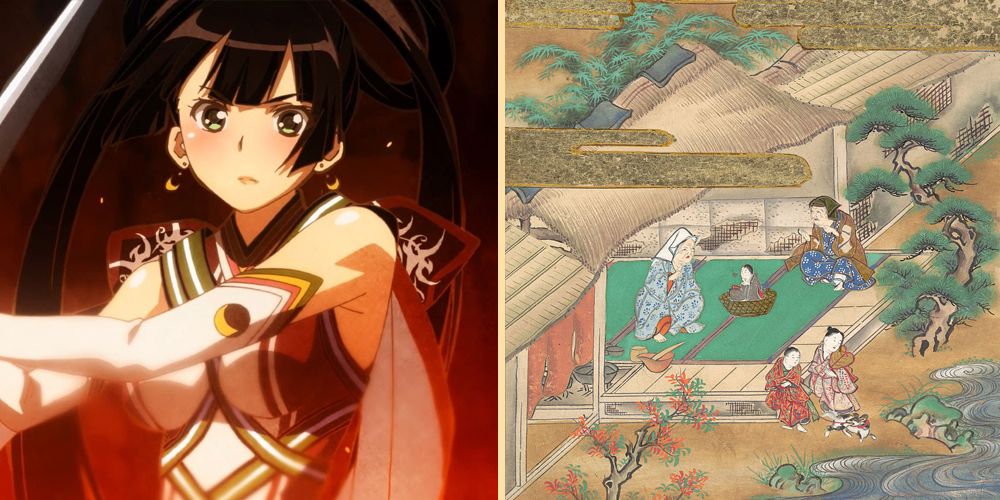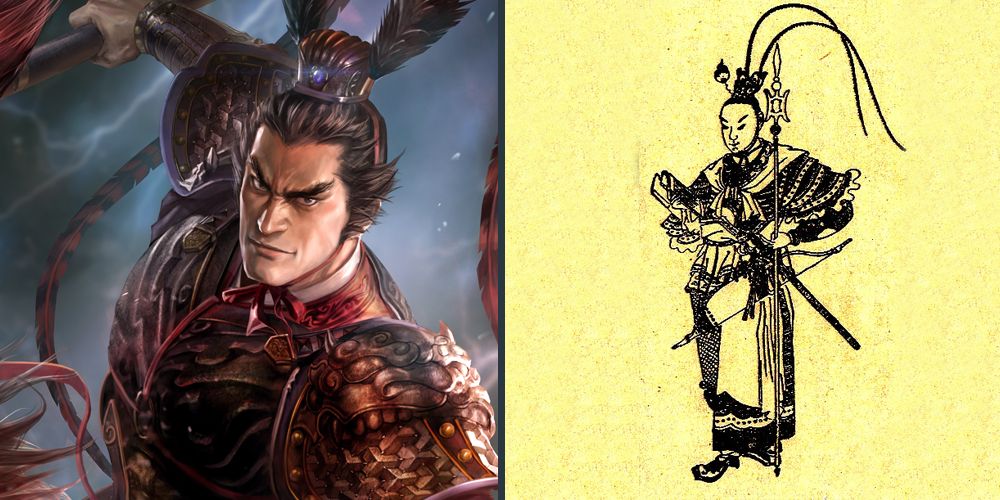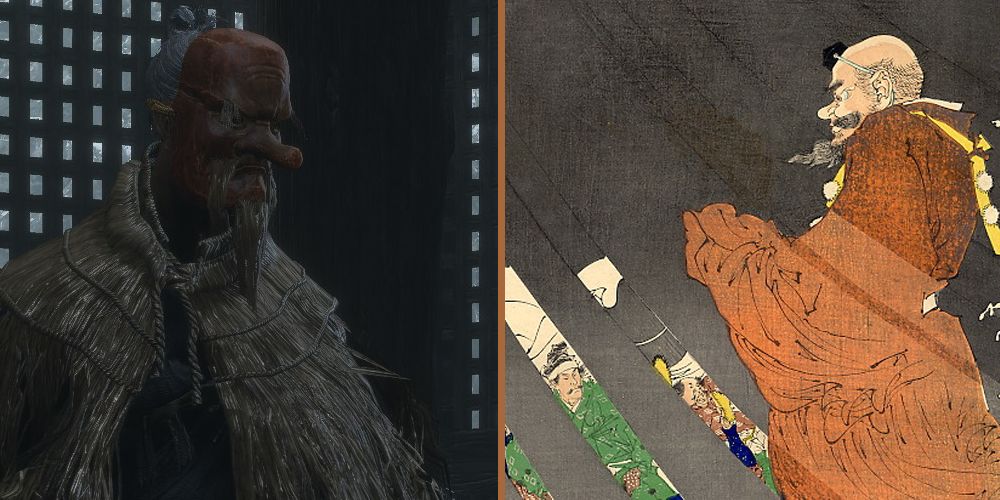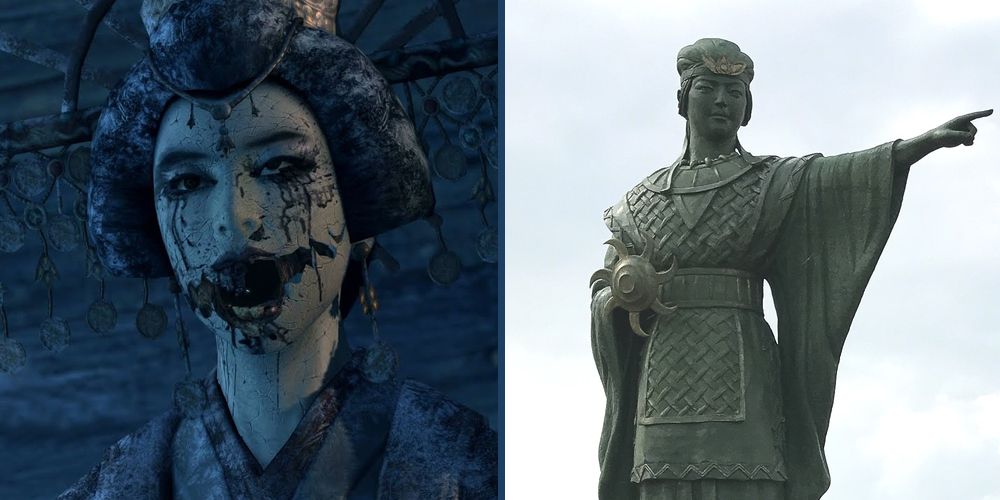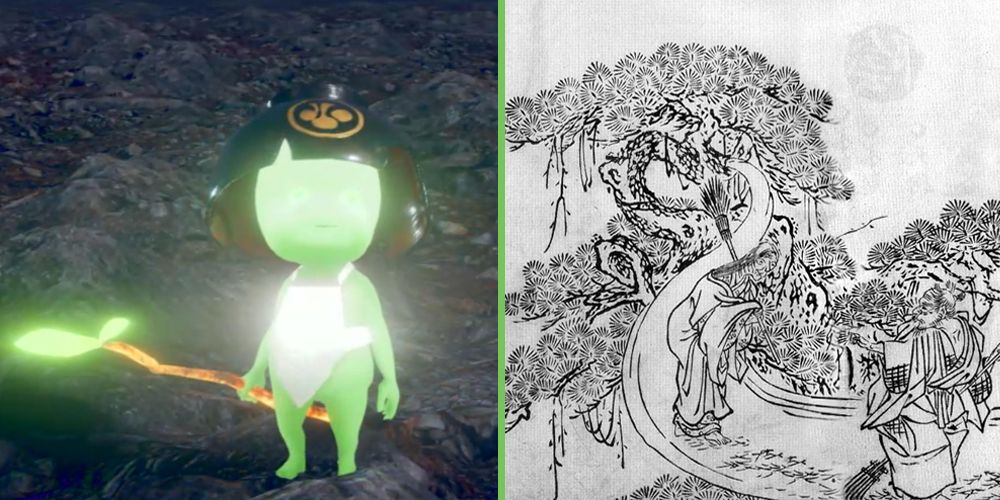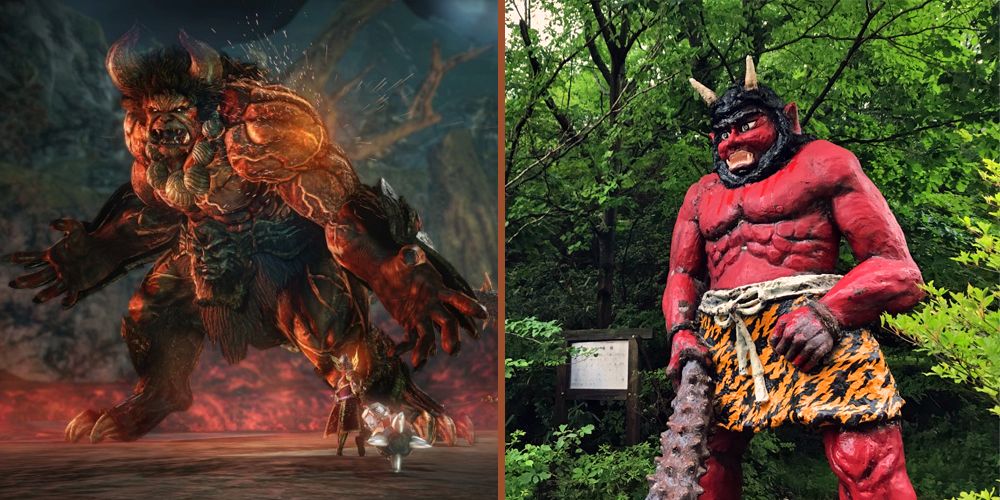Some of the greatest stories ever told have come from mythology and folklore. Their heroes are larger than life whilst the villains and monsters they strive to defeat are truly terrifying. From Odysseus' adventures across the seven seas to Beowulf's liberation of Scandinavia, that these tales have survived through the centuries is a true testament to the quality of their storytelling.
Although Westerners are likely well-versed with much of the European mythology, many remain unaware of the fantastic collection of folk-tales that Japan and China have to offer. Japanese folklore features foul fiends whilst China boasts a host of supernatural spirits inspired by the stars. Together, they provide a deep pool from which inspiration can be drawn.
Movies, books and television shows have been drawing from this pool for decades, but it is only fairly recently that videogames have begun to take advantage. This can come in the form of a direct retelling of a story that's been handed down through the ages or a modern reimaging. Whichever the case, it's lead to some fantastic games.
10 Ōkami
The Japanese kanji for Ōkami can be read either as 'wolf' or 'great god'. This is quite fitting given that the player controls a wolf who is the reincarnation of the Shinto sun goddess Amaterasu. Records of people worshipping the deity can be traced back as far as the year 712 A.D. and, according to Japanese mythology, all Japanese Emperors are her direct-descendants.
Whilst traces of Japanese mythology can be found in numerous elements of the game's design, Ōkami also draws inspiration from Chinese mythology. By completing constellations, the player is able to release new brush gods for the game's celestial brush. These are all based on the animals of the Chinese Zodiac.
9 Warriors Orochi
Many of the Mystics led by Susano'o in the Warriors Orochi series are based on Chinese and Japanese mythological figures. Most notably, Fu Xi and Nu Wa are said to have created humanity whilst Nezha appears frequently in Chinese folktales and is best known for conquering the sea.
Susano'o himself is based directly on the Shinto god of the sea and storms of the same name. He is the younger brother of Amaterasu and is said to have slain the Yamata no Orochi, a mythical sea serpent that inspired the game's main antagonist and narrative.
8 Shenmue
Although the first game is set in Japan, the Shenmue series is heavily inspired by Chinese mythology. The narrative loosely follows the Wuxia method of storytelling and many of the other elements found throughout the series draw their inspiration from Chinese beliefs as well.
The Dragon and Phoenix which adorn the game's iconic mirrors are said to symbolize balance whilst the evil organization which threatens Ryo and his friends has a structure which mirrors the legend of the four mythical guardians. Furthermore, their primary aim is seemingly to resurrect Chiyou, the Chinese god of war.
7 Muramasa: The Demon Blade
Sengo Muramasa was a renowned Japanese swordsmith born in the 16th century. He was responsible for forging some of the greatest blades ever made and, as time past, these blades would go on to find their way into various folklore tales. By the 18th century, people had started referring to them as cursed.
It was said that the blades had an unquenchable thirst for blood and would refuse to be sheathed until they had tasted it. Some even believed that they would force the wielder to turn the blade on themselves if there were no enemies around. Muramasa: The Demon Blade explores these tales throughout its central narrative.
6 God Wars: Future Past
The Kojiki is a collection of Japanese myths and legends and it is from this collection that God Wars: Future Past draws much of its inspiration. Many of the game's characters are based on folklore as are some of the events that transpire throughout the game. Whilst there are numerous examples, the most prominent is undoubtedly Kaguya.
Kaguya is the game's main protagonist and is inspired by a 10th century folktale called 'The Tale of the Bamboo Cutter'. It tells the story of a baby named Kaguya who is found in the stalk of a glowing bamboo plant. In God Wars: Future Past, Kaguya is sealed inside a bamboo plant in the events preceding the game so that she may one day be used as a human sacrifice.
5 Dynasty Warriors
Nearly all of the events and characters found throughout the Dynasty Warriors series can be traced back to Chinese folklore. The series draws much of its inspiration from a 14th century novel called Romance of the Three Kingdoms. Although many of the characters included in this novel were inspired by real people, it is considered to be a work of fiction due to some of the creative liberties taken by the author.
The Dynasty Warriors series mirrors the novel's portrayal of Lü Bu, showing him to posses near god-like attributes and being an unstoppable warrior. When compared to the real life figure however, his prowess in combat has been greatly exaggerated. Conversely, despite Cao Cao having been portrayed as treacherous and deceitful in Romance of the Three Kingdoms, Dynasty Warriors paints him in a far more positive light.
4 Sekiro: Shadows Die Twice
Sekiro: Shadows Die Twice is set in Japan's Sengoku period and is drenched in mythology originating from that era. Many of the game's characters and bosses are based on people and creatures found in Japanese folktales. One of the more obvious and prominent examples of this can be seen through the Tengu of Ashina NPC.
Both the character's name and appearance are direct references to the legendary creatures known as Tengu. Tengu can be found throughout Japanese folklore and originally took the form of birds of prey. As time passed however, they began to develop more human like features and qualities and in more recent folktales are incredibly similar to the character found in Sekiro.
3 Tomb Raider
The Tomb Raider series borrows elements from Asian mythology in several of its entries. It is perhaps the 2013 reboot Tomb Raider however that does so the most. The game is set on the island of Yamatai and its plot centers around the Sun Queen, Himiko. Both of these details are lifted right out of Japanese folklore.
Himiko is believed to have been the daughter of Emperor Suinin and ruled over the domain of Yamatai. There is much debate in Japan as to Yamatai's actual location, with several possible locations being suggested. Himiko is also said to have been the high-priestess of one of Japan's most sacred and oldest shrines - although her magical abilities hinted at in the game have very little grounding - even in folklore.
2 Nioh
Like Sekiro, Nioh is set in Japan's Sengoku period. Many of the creatures found in the game are inspired by folktales including the Mujina, the Kappa and the Umibōzu. Although there are some creative liberties taken in their portrayal, the game does a fantastic job of bringing these Japanese mythological creatures to life.
The game's Kodama are one of the more unique elements found in the game. There are 150 of them hidden across Nioh's world and finding them provides the player with bonuses. In Japanese folklore, Kodama are spirits that inhabit trees and are thought by some to be responsible for delayed echoes in mountains or valleys. As a result, the anomaly is sometimes referred to as Kodama.
1 Toukiden
The Toukiden series is steeped in medieval Japanese themes and heavily inspired by Shinto beliefs. Most notably, the games are set in Nakatsukuni. In Japanese mythology, this is the world found between heaven and hell. The player must traverse this world while tracking down and defeating Oni, the troll-like creatures found in many Japanese folk-tales.
Toukiden also allows players to imbue their weapons with the souls of Japanese historical figures. Throughout the series there are countless such figures included, with each one granting the weapon unique abilities. This is very much in keeping with the Shinto belief that spirits can be ingrained into bladed weapons.

